Did you know that nearly one-fifth of the UK's working population has a disability? However, the story becomes quite different when we shift our focus to the tech sector. Despite the industry's remarkable growth, employing around two million people, only 9% of IT specialists in the sector identify as having a disability. This glaring underrepresentation highlights a missed opportunity for the tech industry to tap into the immense talent and diverse perspectives that hundreds of thousands of capable individuals with disabilities can bring to the table.
So, how companies and tech teams can become more inclusive?
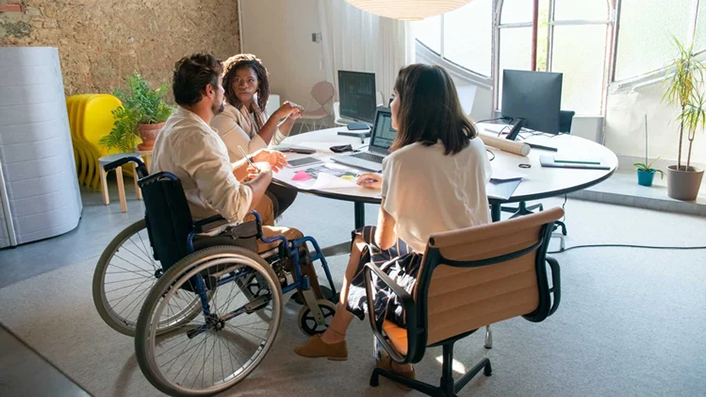
In our latest Fireside Chat, Ford Motor Co's IT and D&I global thought Lead, Darren Coan, discusses disability inclusion in tech and business, answering such questions as:
- Why does disability representation frequently get overlooked in the DE&I conversation, and how can we address this?
- How can technology teams take the lead in fostering inclusive design to create accessible environments and experiences for all?
- What transformations lie ahead in the realm of work for professionals with disabilities, and what can be done to shape a more inclusive future?
- How can companies sustain their support for and further develop their disabled talent pools?
- What have been your personal journey and experiences as a person with a disability working in tech and business?
Fireside Chat Highlights
Darren has made quite an impact on LinkedIn and in the public eye, earning well-deserved recognition with an award from Auto Car magazine. His exceptional efforts in supporting staff members with disabilities have not gone unnoticed within Ford, as well. But was he always enjoying such unwavering support throughout his career? Were there any personal experiences or challenges that may have shaped his perception of how the world restricts people with disabilities, and has this changed?
I have three disabilities. Since birth, I've had a physical disability that affects the right side of my body, similar to cerebral palsy. In 1998, I developed chronic back pain, which is an invisible disability that changes how I interact with the environment. I also have a hidden disability called tinnitus, which affects my hearing and causes a constant ringing in my ears. These two are not visible to others, but my physical disability is noticeable and has heavily impacted my career.
Before joining Ford, I worked in various manual labour jobs, and people often assumed that there were things I couldn’t do or that I couldn't perform certain tasks because of my physical disability. These assumptions are only some of the challenges a lot of people with disabilities face in the workplace. But that’s nothing more than (conscious or unconscious) biases that need to be addressed. Everybody has something they’re not good at; nobody is perfect, and there’s no such thing as normal. Instead of focusing on what people can't do, we need to change the narrative and focus on what people can do. It's about creating an inclusive environment where individuals feel comfortable talking about their disabilities if they choose to do so. Having a disability doesn't mean being disabled. Anyone can overcome challenges and accomplish their goals with the right tools and support.
We also should always remember that not everyone with a disability is comfortable sharing it with their leaders. It's a personal decision. What we can do as leaders is open up the conversation to empower them to communicate their needs. They should be able to say, "I have this particular challenge or this neurodivergent disability, and it may affect my work in the future. I might need some additional tools or support." For example, someone with dyslexia might find it difficult to read certain texts, but fantastic tools, such as text-to-speech or speech-to-text software, can help them work more effectively. It's all about engaging with people and ensuring they have the right tools and accommodations.

This also applies to how organisations can adjust their onboarding, interviewing, and selection processes to provide a fair opportunity to everyone, meaning focusing on abilities rather than disabilities. In the UK, there are some excellent tools available for HR teams, allowing certain steps in the recruitment process to be tailored for individuals who disclose their disabilities. For example, sharing interview questions with all candidates ahead of their interviews is a reasonable adjustment that can make the process easier for everyone, and some additional tools and adjustments can be applied if someone specifically discloses a disability.
Organisations can also ask candidates about their preferences. Do they prefer a video or face-to-face interview? What time of day works best for them? Do they face challenges with certain recruitment processes? By adjusting the process to be more inclusive and accommodating to individual needs, employers create a fair opportunity for all candidates to showcase their abilities. It's crucial to remember that both the employer and the individual benefit from this equitable approach. The employer gets the best person for the role, and the individual has a chance to shine.
After the 2012 ground-breaking Paralympic Games, which showcased the extraordinary abilities of individuals with physical challenges, there was a significant shift in the UK. This event played a crucial role in raising awareness about the capabilities of people with disabilities. Were there any changes within the disabled community and how the broader population perceives them since then?
The visibility and promotion of Paralympic sports have been instrumental in challenging societal perceptions of disability. They have allowed individuals with disabilities to showcase their abilities and achievements, shifting the focus from their disabilities to their accomplishments. This increased visibility has had a positive impact on the representation of people with disabilities in the media and has encouraged others to share their stories and experiences in the workplace.
It's important to note that the Paralympics encompass a wide range of disability sports, including those that involve individuals with hidden disabilities. While some participants may not appear disabled, they face their unique challenges and have overcome them to excel in their chosen sports. Additionally, there have been other initiatives within the disability space, such as Lloyds' efforts to promote inclusion in the workplace and invest in innovative approaches.
Despite these positive developments, unconscious biases and preconceived notions about disabilities still persist – they have deep roots and take time to overcome. The fear of sharing one's disability due to potential negative impacts on career progression is a significant hurdle. I recall an anecdote where a person with a disability was initially misunderstood by their colleagues because they hadn't disclosed their challenges. Misinterpretations led others to speculate about the person being drunk or facing other unrelated issues. However, once the individual finally shared their disability, a positive change occurred. Their leaders understood the situation, provided appropriate tools and accommodations, and made them more productive.
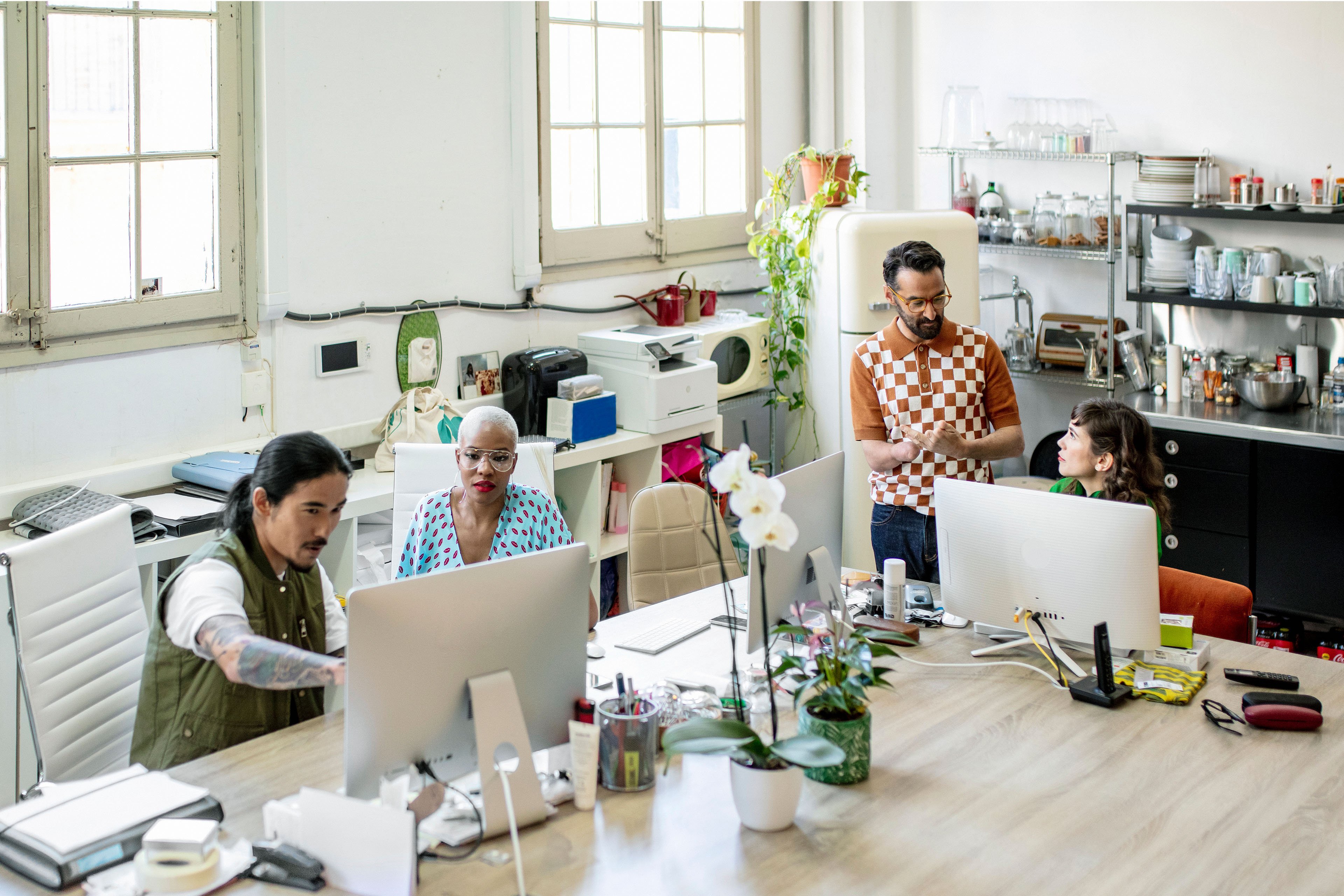
The fear of sharing and the potential consequences of disclosure can hinder progress in creating an inclusive workplace. Some employers may not always be supportive or willing to make reasonable adjustments when requested. For instance, attributing all sick leave to a disability, even for common illnesses like a cold, perpetuates the misconception that disabilities are the sole cause of time off. This narrative needs to change, as everyone, regardless of ability, may sometimes require sick leave. We need to challenge these biases and create an environment where differences are celebrated and embraced. Embracing diversity, including disabilities, enriches the workplace and fosters creativity and innovation.
"Solved for disability, solved for all." What’s the meaning of this phrase?
That's actually a personal phrase, and it reflects the idea that when you address the needs of individuals with disabilities, you can create solutions that benefit everyone. Let me give you an example: within Ford, we have a working group focused on neurodiversity, specifically supporting people on the autistic spectrum or who may have conditions like dyslexia, or dyscalculia. The challenges faced by these individuals often have relatively simple solutions. For instance, adjusting lighting or temperature in certain areas of the workplace can improve productivity and benefit everyone else.
It’s like menopause, in a sense. Not all individuals experience it in the same way. There are around 20 or 30 different characteristics that people going through that phase experience. However, some of the challenges faced by individuals in menopause overlap with those faced by people who are neurodivergent or have other disabilities. By implementing features like zoning heating or cooling in different areas of the office, for example, you'll find that people naturally gravitate towards the areas that suit their needs. So, the goal is to make the workplace inclusive for everyone, not just individuals with disabilities.
And you might have noticed that I use different terms to refer to disabilities, such as "people with disabilities" or "disabled people." The language around it is complex, and different people have their preferences. Finding a term that pleases everyone is impossible, but that shouldn't discourage us from discussing disability openly. It's better to address the topic and potentially make a mistake than to avoid it altogether.
Moreover, promoting an open dialogue around disability allows individuals to seek help or share any challenges they're facing. This includes mental health issues, which may not be classified as disabilities but can be long-term conditions. For instance, someone might be dealing with poor mental health, which can last for an extended period, or they may be facing a short-term mental health issue. By fostering an environment where people feel comfortable communicating with their leaders and team members, they can express their needs openly. For example, someone may request some additional personal space or time to address their mental health concerns. These reasonable adjustments should be considered for anyone, not just those with disabilities. When you approach accommodations and support with inclusivity in mind, it demonstrates your commitment to being a supportive team member and creating a positive work environment where everyone can thrive.

Disabilities often bring forth other exceptional abilities, and with some assistance from technology, people with disabilities can really thrive in their roles. One of many examples is a blind UI/UX specialist using an iPhone, which heavily relies on a graphical interface. Using the same technology for high-speed screen reading, he can navigate the screen, listen to spoken descriptions and select icons accordingly. And the best part? All these capabilities are built-in features of the iPhone, which require no additional cost. In which other ways can technology help workplaces become more inclusive and productive?
Today, so many cost-effective tools are available, and many of them are already integrated into the devices we use daily. And it’s funny that you mentioned Apple, as they recently announced that they would enhance their technologies to make them more accessible. And if you're looking for accessibility options regardless of the operating system you use (whether it's Microsoft, Apple, Google, or others), there's a website called My Computer My Way by a company called AbilityNet. This website examines your system's operating system and suggests ways to configure your PC or Apple Mac based on the specific disabilities you have. Many of these accessibility technologies are already built into the devices and are available for free. However, there are also specialised technologies that may come at a cost.
When it comes to workplace accommodations, most reasonable adjustments are low or no cost. Globally, the average cost of a reasonable adjustment is less than $500. Investing $500 to ensure an employee's productivity and continued presence in the workplace is far more cost-effective than trying to find a replacement, which can cost around $50,000 on average. Hiring someone new involves expenses related to hiring skills, recruitment time, training, and the fact that the new employee may not be fully productive for three to six months. While rehiring costs may be lower for lower-level positions, replacing a disabled leader within the organisation can easily exceed that amount.
Even if accommodating an employee costs around $100,000, it is a worthwhile investment. That person is going to work more for you, be really appreciative of what you've done for them, and be an advocate for your company. If you're not an inclusive employer, you're not going to attract the best talent. Talent acquisition is like customer service in that sense. If someone gets a bad experience during any of your organisation’s processes, they’re going to tell everyone about it, they won’t suggest you as an employer, or they won’t buy your product.
Apple and Microsoft are prime examples of companies with excellent inclusive, and accessible technologies. Microsoft, in particular, has a dedicated accessibility team that has developed innovative tools, such as 3D printing options for creating customisable peripherals if you need to use a joystick instead of a mouse. There's some fantastic technology there to make devices more accessible.
It's worth noting that the fashion industry has also taken steps toward inclusivity and accessibility. A well-known fashion magazine recently released an accessibility-focused edition featuring disabled individuals. Moreover, they have launched a blind-friendly version with completely tactile text. These initiatives demonstrate a growing awareness and commitment to inclusivity across various industries.
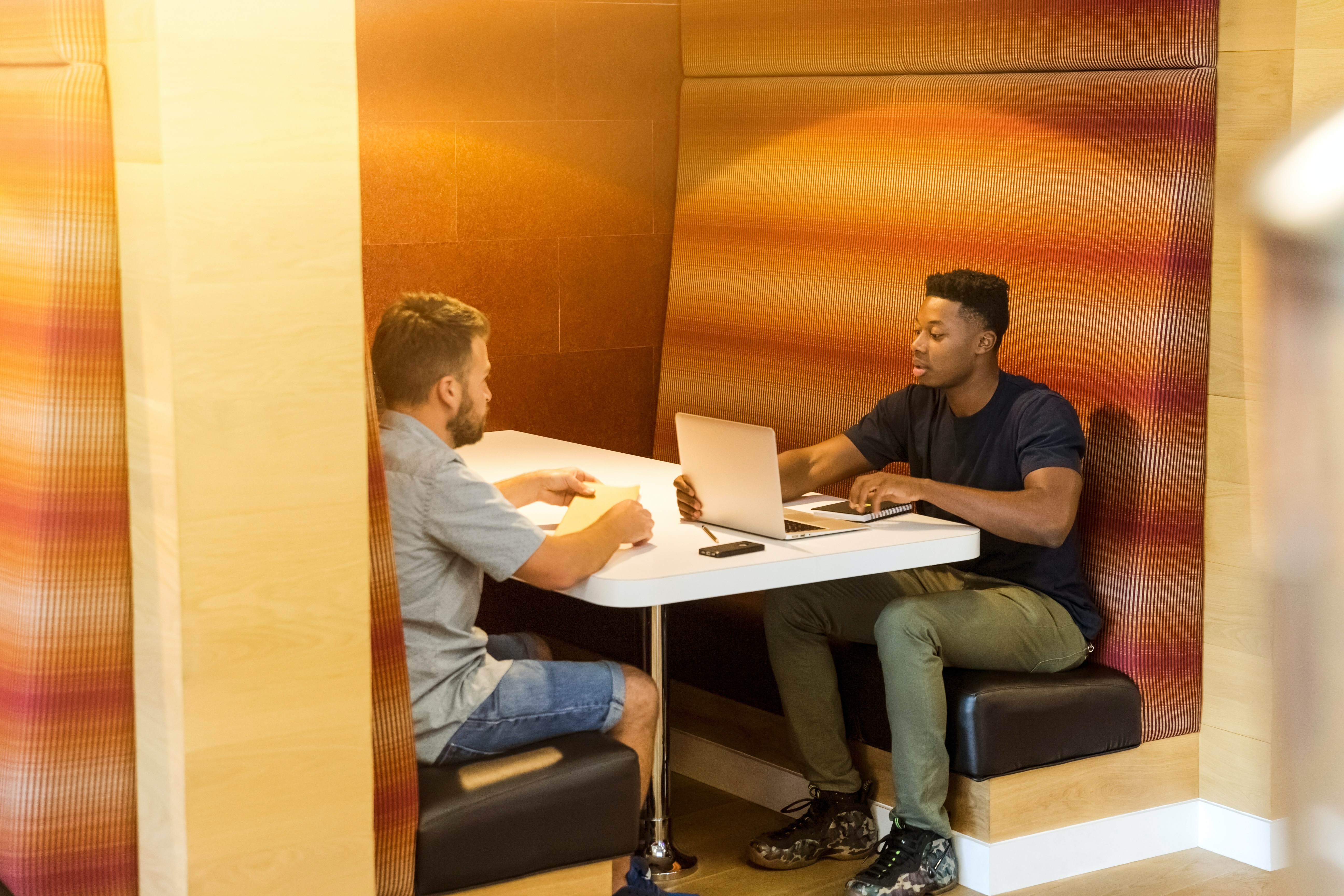
It's interesting to see how the world is evolving. Another thing that has significantly impacted is remote working and how it's enabled many people who previously may not have had access to flexible work arrangements to re-enter or enter the workforce for the first time. How have the changes brought about by the pandemic affected the world of work for people with disabilities?
Over the past two or three years, there has been a significant increase in the number of disabled people employed. And that was because almost every company embraced working from home. However, there are challenges associated with this as well. Historically, disabled individuals have been more likely to experience unemployment, earn lower wages, or work part-time. In the UK, around 60% of disabled people, which accounts for roughly 20% of the population, face such circumstances. It's important to recognise that disability is a part of life, as approximately 20% of the global population is disabled. Considering this, if the situation in the UK is similar to other countries, it means that there are approximately one billion disabled people worldwide who are not employed.
During the pandemic, a significant number of people entered the workforce and demonstrated high productivity while working from home. This was because they faced many of the same challenges that people with disabilities encounter on a daily basis, such as isolation and having to stay at home. However, the mental health of individuals working from home eventually took a toll as the positive aspects shifted to negative ones. The experience of being isolated from others while working remotely affected their well-being. Despite this, disabled individuals who were accustomed to working from home showed their productivity. Currently, there’s a shift back towards employers expecting people to be physically present in the workplace.
As a people leader, I believe working with your team and understanding what works best for them is crucial. Personally, I choose to come to the workplace every day because I have the option to work from home. However, many members of my team prefer working from home as it allows them to deliver better results. I prioritise their happiness and performance as individuals rather than focusing on strict adherence to working hours. I believe that finding a balance between in-person and remote work can be a win-win situation for everyone involved. Unfortunately, some organisations and tech giants insist that employees must work exclusively from the office and terminate those who don't comply. In the UK, it is different, as firing someone solely based on this is not permissible. However, in other regions, people are being fired for not returning to the workplace.
One of the challenges with hybrid working and remote work is the lack of visibility. Nevertheless, tools like Zoom and WebEx facilitate effective communication and engagement regardless of physical location. As someone who collaborates with colleagues in India and North America, we can still maintain productivity as a global company even when we are not physically together. Our organisation does not have a rigid stance on exclusively working from the office or exclusively working from home. The hybrid approach has become deeply ingrained in our collective mindset, and we acknowledge that it can be effective. We evaluate the needs of individuals who require working from home on an individual basis, which is a positive and considerate approach. Ultimately, if implemented correctly, hybrid work can be a win-win situation for everyone involved, taking into account the needs of both individuals and the organisation.
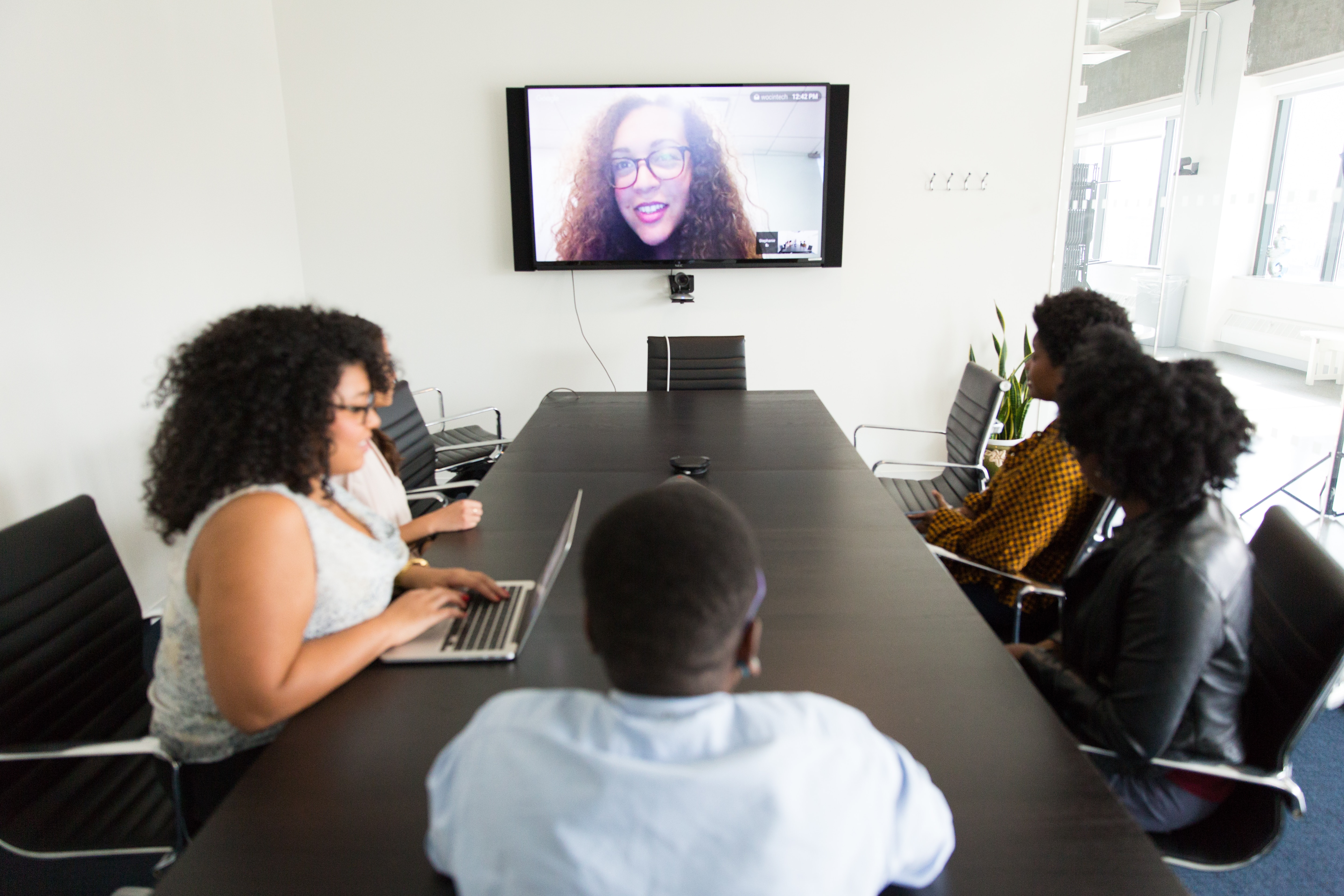
How can leaders and managers effectively initiate conversations about creating a supportive environment where employees feel comfortable and well-supported, considering the costs associated with absenteeism and presenteeism? How can we interview or interact with staff members with disabilities to ensure we provide the proper support and accommodations?
The first thing I would do is keep in mind that during interviews, it might be the first time you encounter someone with a disability. They may not have disclosed their disability beforehand, so don't be surprised or biased if you meet someone who has a disability. It's important to approach the recruitment process with fairness and treat everyone equally. Take a moment to reflect on your conscious and unconscious biases and try to be more impartial during the interview. And once you have hired someone, maintaining open communication is crucial.
To create a safe environment for employees to share their experiences, start conversations with casual topics and show genuine interest in how they're doing. Regular check-ins like daily standouts, weekly one-on-one meetings, or monthly catch-ups are excellent opportunities for individuals to open up if they feel comfortable. However, don't push them to share personal information, even if you suspect they have a disability. Respect their privacy and allow them to decide what they want to share. If someone is facing challenges, offer assistance and ask if there's anything you can do to help.
It's essential to provide a space where employees feel heard and valued. Avoid immediately jumping into work-related matters and give them a chance to express themselves. Encouraging open dialogue creates an environment where employees can freely communicate. Remember, you can lead someone to share their experiences but can't force them.
Regarding the impact of absenteeism and presenteeism, in the UK, absenteeism costs the country £100 billion each year, which is a significant amount. But actually, by not engaging with people, not giving them the right tools and support or not listening to them, presenteeism could also cost as much, hindering your employees’ productivity. This can be addressed by offering flexible work arrangements, such as remote work, and guiding employees to the resources they may need.
For example, if someone is facing mental health issues, you can direct them to an occupational health team or the HR department. As a leader, creating an environment where employees feel comfortable sharing their problems is crucial. You actually end up offending everyone by being afraid to discuss such issues and treating everyone the same out of fear of causing offence. Treating individuals as unique and understanding their specific needs is far more beneficial.
A final piece of advice
Avoid assumptions about people's capabilities. Instead, ask about their needs and preferences. Openly discuss and share information. Embrace conversations about disability without fear and embrace every mistake as a learning opportunity.
Career Journey & Professional Highlights
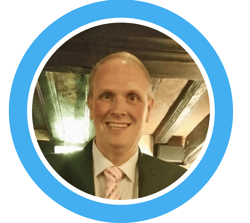 With an impressive 18-year career at Ford Motor Company, Darren Coan is a well-established IT leader and D&I champion not only within the organisation but across regions. As Chair of the Ford Disability Support Group for Europe, he plays a crucial role in providing vital support to individuals with disabilities.
With an impressive 18-year career at Ford Motor Company, Darren Coan is a well-established IT leader and D&I champion not only within the organisation but across regions. As Chair of the Ford Disability Support Group for Europe, he plays a crucial role in providing vital support to individuals with disabilities.
While starting in accounting, Darren's passion for coaching led him to take charge of the IT Business Office, where he actively shapes the company's strategy. Through his leadership in IT and unwavering dedication to diversity, Darren is at the forefront of driving positive change within Ford while serving as a valuable ally in shaping a brighter and more inclusive future in tech and business.
Ford Motor Company - Diversity in Tech & Steps Towards an Inclusive Future
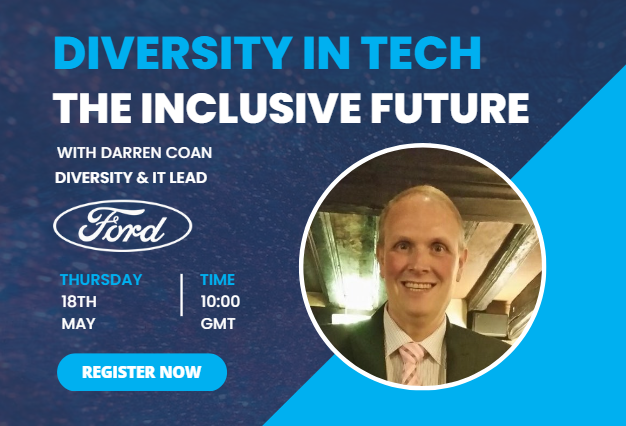
About Us
Templeton holds a 27-year track record of recruiting thousands of IT professionals around the globe and a vast database filled with potential candidates that suit your needs. Find out more about our multi-award-winning recruitment services.
Discover more from our Fireside Chat Series:
- Standard Chartered Bank – Digital Transformation & The Future Workplace
- The Future of AI – Head of Deloitte AI Institute’s Expert Predictions
- The Future of Tech: Industry Insights from Global Tech Leaders





